The Body Positivity Movement
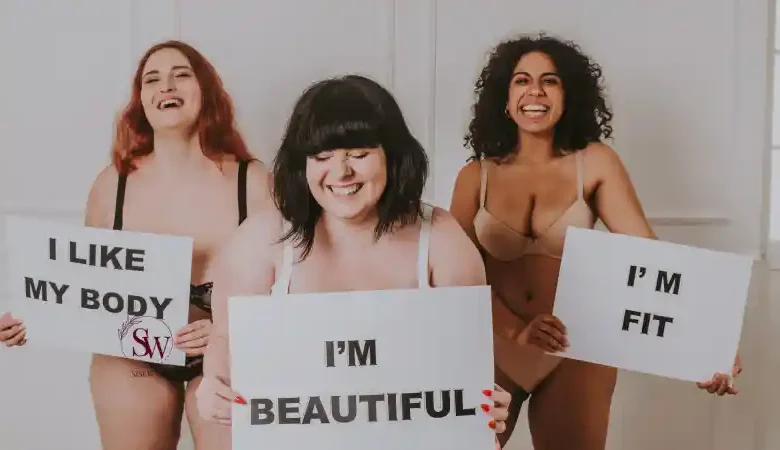
What is body positivity?
In a world where beauty ideals are often narrow and unattainable, the body positivity movement has emerged as a powerful force, challenging societal norms and promoting self-acceptance. This movement aims to shift the focus from external appearances to embracing diverse bodies and fostering a culture of inclusivity. In this article of sisiway, we will delve into the essence of the body positivity movement, exploring its origins, core principles, and the impact it has on individuals and society as a whole.
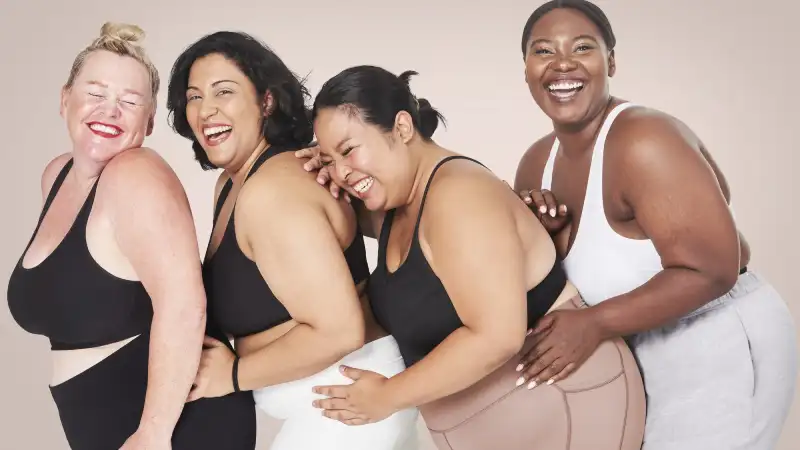
what is the body positivity movement
The body positivity movement is a social and cultural movement that advocates for the acceptance and celebration of all body types, regardless of size, shape, or appearance. It aims to challenge and dismantle the narrow beauty standards that have been perpetuated by society and the media.
The movement promotes the idea that all bodies are valuable and deserving of respect, love, and acceptance. It seeks to empower individuals to embrace their bodies as they are and reject the harmful messages that equate beauty with a specific body size or shape. Body positivity encourages people to focus on their overall well-being, including mental and emotional health, rather than solely on physical appearance.
Central to the body positivity movement is the belief that self-worth should not be determined by external factors such as appearance, but rather by one’s character, talents, and accomplishments. It emphasizes that beauty and worth come in diverse forms and that everyone has the right to feel comfortable and confident in their own skin.
The body positivity movement also aims to challenge the harmful impact of body shaming, discrimination, and stereotyping based on body size, shape, race, gender, disability, and other characteristics. It seeks to create a more inclusive and accepting society that values and respects all bodies.
Through social media, activism, and community-building, the body positivity movement has gained momentum and created spaces for individuals to share their stories, experiences, and challenges. It encourages dialogue, education, and advocacy to bring about positive change in the way society perceives and treats bodies.
It is important to note that the body positivity movement does not promote or encourage unhealthy lifestyles or behaviors. Instead, it emphasizes self-care, self-acceptance, and individual autonomy in making choices that support overall well-being.
Overall, the body positivity movement seeks to challenge societal norms, promote inclusivity, and foster a culture of self-love, acceptance, and appreciation for all bodies.
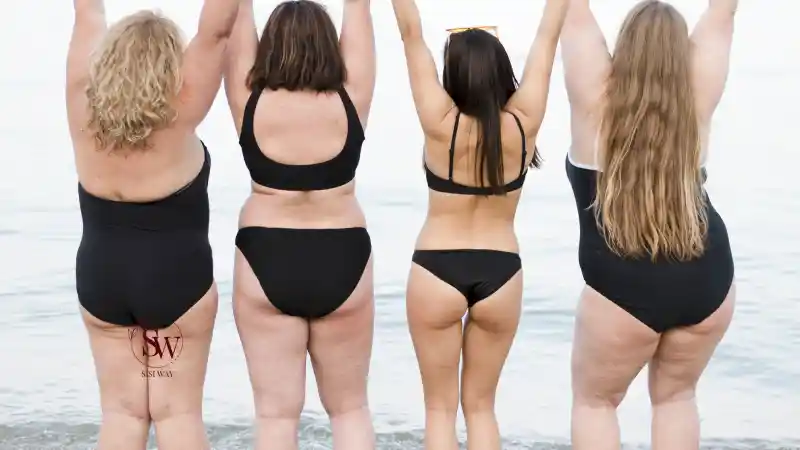
when did the body positivity movement start
The body positivity movement has roots that can be traced back to the 1960s with the emergence of the fat acceptance movement. It initially focused on challenging societal beauty standards and advocating for the acceptance and respect of people of all sizes. Over time, the movement expanded to encompass a broader range of body diversities, including race, gender, disability, and age.
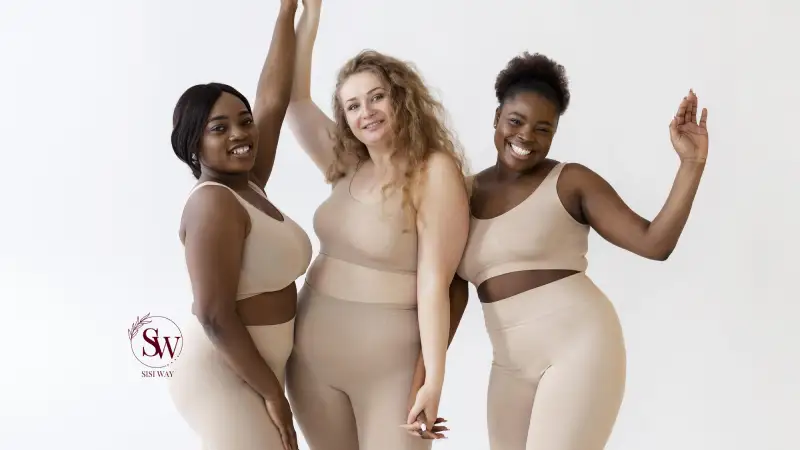
In recent years, the body positivity movement has gained significant visibility and momentum, largely due to the rise of social media platforms. Hashtags such as #bodypositivity and #effyourbeautystandards have helped amplify the movement and provide a platform for individuals to share their experiences, stories, and challenges.
It’s important to note that while the movement has gained more mainstream attention in recent years, the concepts and ideas behind body positivity have been present in various social justice movements for decades. The movement continues to evolve and grow as more people join the conversation and work towards creating a more inclusive and accepting society.

Core Principles of Body Positivity Movement
At the heart of the body positivity movement lies the belief that all bodies are worthy of love, respect, and acceptance. It encourages individuals to embrace their unique features and appreciate the diversity that exists within the human form. It also promotes the idea that self-worth should not be determined solely by physical appearance but rather by one’s character, talents, and achievements.
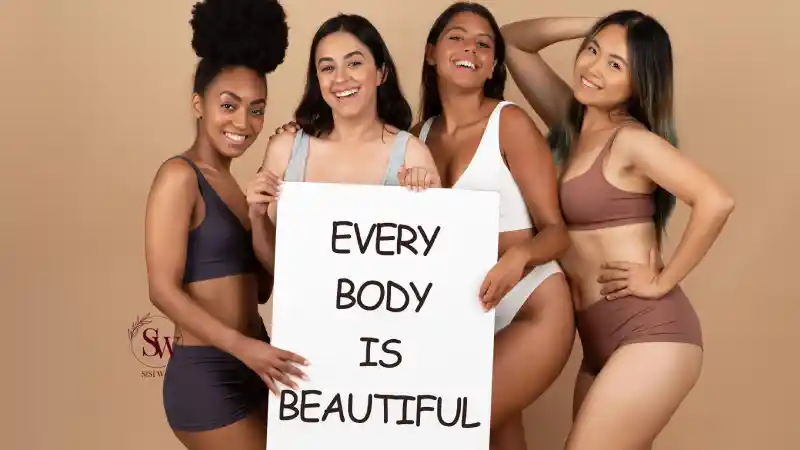
The core principles of the body positivity movement revolve around promoting acceptance, inclusivity, and self-love for all bodies. These principles guide the movement’s advocacy efforts and shape its goals. Here are some of the core principles of the body positivity movement:
- Acceptance and Respect: The body positivity movement emphasizes that all bodies, regardless of size, shape, color, ability, or other physical attributes, deserve acceptance and respect. It challenges the idea that there is an ideal or “perfect” body type and encourages society to embrace the diversity of human bodies.
- Self-Love and Self-Acceptance: Central to the movement is the belief that individuals should love and accept their bodies as they are. It promotes the idea that self-worth should not be determined solely by physical appearance but by one’s character, talents, and accomplishments. Body positivity encourages individuals to cultivate a positive body image and develop a healthy relationship with their bodies.
- Challenging Beauty Standards: The body positivity movement aims to challenge and disrupt societal beauty standards that perpetuate narrow and unrealistic ideals. It seeks to dismantle the notion that only certain bodies are considered beautiful or worthy. By advocating for diverse representations in media and popular culture, the movement strives to redefine beauty and broaden our understanding of attractiveness.
- Empowerment and Individual Autonomy: Body positivity highlights the importance of individual agency and autonomy. It encourages individuals to make choices about their bodies based on their own desires, preferences, and well-being. The movement recognizes that everyone should have the freedom to dress, style, and present their bodies in ways that make them feel comfortable and confident.
- Intersectionality and Inclusivity: The body positivity movement acknowledges the intersectionality of identity and the ways in which different forms of discrimination and oppression intersect with body image issues. It advocates for inclusivity and recognizes that body positivity should be inclusive of all races, genders, sizes, abilities, ages, and other intersecting identities.
- Health at Every Size (HAES): Body positivity promotes the idea that health is not determined by body size alone and that individuals of all sizes can pursue and maintain their well-being. It challenges the assumption that thinness equates to health and rejects weight-based discrimination and stigma.
These core principles form the foundation of the body positivity movement, guiding its advocacy efforts and promoting a more inclusive and accepting society that celebrates the diversity and inherent worth of all bodies.
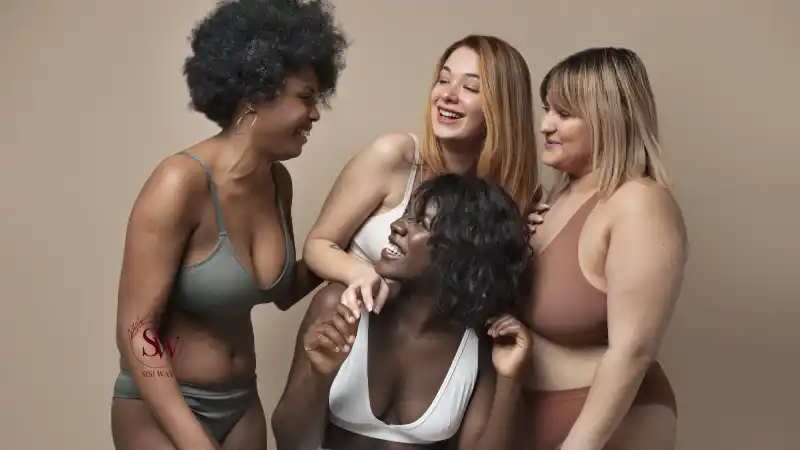
Impact on Mental Health and Well-being
Unrealistic beauty standards can take a toll on individuals’ mental health, leading to body dissatisfaction, low self-esteem, and unhealthy behaviors. The body positivity movement offers a counter-narrative, fostering a sense of empowerment and promoting self-love. By challenging societal norms and embracing diverse bodies, it can contribute to improved body image, mental well-being, and overall happiness.

Here are some ways in which the body positivity movement can positively affect mental health and well-being:
Improved Body Image: Unrealistic beauty standards imposed by society can lead to negative body image and dissatisfaction. The body positivity movement offers an alternative narrative, encouraging individuals to embrace their bodies as they are and promoting self-acceptance. By challenging societal norms, the movement can contribute to improved body image and increased self-esteem.
Reduced Body Shame and Guilt: Body positivity aims to dismantle the culture of body shame and guilt that many individuals experience. By promoting acceptance and celebrating diverse bodies, the movement helps individuals let go of negative emotions associated with their appearance. This reduction in body shame can lead to improved mental well-being and a healthier relationship with one’s body.
Embracing Self-Love and Compassion: The body positivity movement emphasizes the importance of self-love and self-compassion. It encourages individuals to appreciate their bodies for what they are and to focus on their overall well-being, including mental and emotional health. This shift in mindset can lead to increased self-care, self-acceptance, and a greater sense of self-worth.
Challenging Internalized Societal Messages: The body positivity movement helps individuals challenge the internalized societal messages about beauty and worth. By recognizing and questioning these harmful beliefs, individuals can cultivate a more positive and realistic perspective on their bodies. This process of unlearning and redefining beauty standards can have a profound impact on mental health and self-perception.
Building Supportive Communities: The body positivity movement fosters the creation of supportive communities where individuals can share their experiences, stories, and challenges. These communities provide a sense of belonging, validation, and empowerment. Connecting with others who are also embracing body positivity can have a positive impact on mental health, reducing feelings of isolation and promoting a sense of solidarity.
Encouraging Mental Well-being beyond Appearance: The body positivity movement emphasizes that beauty and worth are not solely defined by physical appearance. It encourages individuals to focus on other aspects of their lives, such as personal growth, relationships, and accomplishments. This broader perspective on well-being can contribute to improved mental health and a more balanced sense of self.
While the body positivity movement has positive effects on mental health and well-being, it is essential to recognize that it is not a panacea. Individuals may still face personal struggles and societal pressures. It is crucial to seek professional support when needed and to approach body positivity as a journey rather than an endpoint.
Overall, the body positivity movement plays a vital role in promoting mental health and well-being by challenging harmful beauty standards, fostering self-acceptance, and building supportive communities that celebrate diverse bodies.
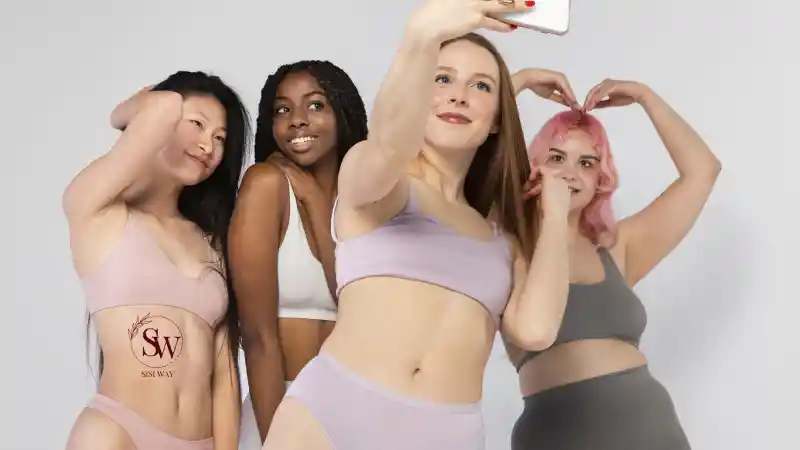
Criticisms and Challenges of body positivity movement
Is the body positivity movement unhealthy? While the body positivity movement has made significant strides, it has also faced criticism and challenges. Some argue that it promotes an unhealthy lifestyle or neglects the importance of health. Others point out the co-opting of the movement by marketing strategies, leading to the “body positivity lite” phenomenon. It is important to address these concerns and ensure that the movement remains inclusive, intersectional, and focused on genuine empowerment.
Here are some common criticisms and challenges associated with the body positivity movement:
Health Concerns: One of the main criticisms revolves around the perception that body positivity promotes an unhealthy lifestyle. Critics argue that by embracing all body sizes and shapes, the movement may overlook the importance of health and well-being. Some argue that it may discourage individuals from pursuing healthy habits, such as exercise and balanced nutrition. However, it’s important to note that the body positivity movement does not promote or condone unhealthy behaviors but rather advocates for self-acceptance and the recognition that health is not determined by body size alone.
Co-opting and Commercialization: The increasing popularity of the body positivity movement has led to its co-opting by marketing strategies and the rise of what has been referred to as “body positivity lite.” Critics argue that this commercialization has diluted the movement’s core principles, with companies using body positivity as a marketing tool without genuinely promoting inclusivity or challenging societal beauty norms. This phenomenon can undermine the authenticity and impact of the movement.
Lack of Intersectionality: The body positivity movement has also faced criticism for not adequately addressing issues of intersectionality. Critics argue that the movement has primarily focused on body size and shape, neglecting the experiences of individuals from marginalized communities based on race, gender identity, disability, and other intersecting identities. It is important for the movement to be more inclusive and ensure that it addresses the unique challenges faced by different groups of people.
Exclusion of Certain Body Types: Some critics argue that the body positivity movement, despite its intention to promote inclusivity, may inadvertently exclude certain body types. They contend that the movement often centers on accepting bodies that are considered “curvy” or “plus-size” but fails to fully embrace individuals who may fall outside these categories, such as those who are extremely thin or have bodies that deviate from the traditional norms in other ways.
Individual Responsibility vs. Societal Change: Another criticism is that the body positivity movement places too much emphasis on individual responsibility rather than addressing the systemic factors that contribute to body image issues and beauty standards. Critics argue that while self-acceptance is important, it is equally crucial to challenge societal norms, media representations, and industries that perpetuate harmful beauty ideals.
Navigating these criticisms and challenges is essential for the body positivity movement to continue evolving and making a positive impact. Addressing concerns about health, promoting genuine inclusivity, recognizing intersectionality, and advocating for broader societal change can strengthen the movement and help create a more accepting and diverse society.
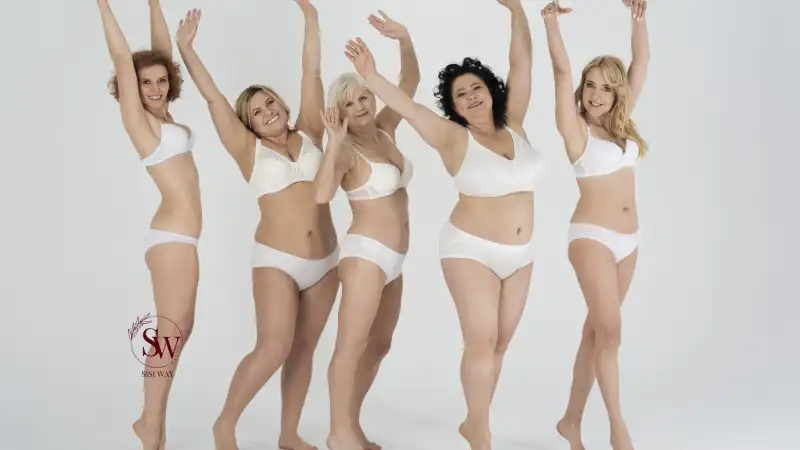
Embracing Body Positivity in Daily Life
Incorporating body positivity into our daily lives involves embracing self-acceptance, challenging our own biases, and supporting others on their journey towards body positivity. This can be achieved through practicing self-care, surrounding ourselves with positive influences, and engaging in body-positive activism.
Here are some suggestions for incorporating body positivity into your daily life:
Challenge Negative Thoughts
Pay attention to your inner dialogue and challenge negative thoughts about your body. When you catch yourself engaging in negative self-talk or body-shaming thoughts, consciously replace them with positive and affirming statements. Practice self-compassion and remind yourself that your worth is not defined by your appearance.
Surround Yourself with Body Positive Messages
Surround yourself with media, social media accounts, and communities that promote body positivity. Curate your social media feed to include diverse body types, follow body-positive influencers, and seek out resources that celebrate body diversity. Expose yourself to messages that challenge societal beauty standards and promote self-acceptance.
Practice Self-Care
Engage in activities that nurture your physical, mental, and emotional well-being. Prioritize self-care practices that make you feel good and help you connect with your body, such as exercise, meditation, getting enough sleep, eating nourishing foods, and engaging in hobbies or activities that bring you joy.
Appreciate Your Body’s Abilities
Shift your focus from your body’s appearance to its capabilities and what it enables you to do. Celebrate your body’s strength, resilience, and the things it allows you to experience. Engage in activities that make you feel connected to your body and appreciate its abilities, such as dancing, yoga, or any form of movement that you enjoy.
Practice Mindful Eating
Cultivate a healthy and balanced relationship with food by practicing mindful eating. Listen to your body’s hunger and fullness cues, eat intuitively, and reject restrictive or rigid dieting beliefs. Focus on nourishing your body with foods that make you feel good and provide you with energy and vitality.
Surround Yourself with Supportive People
Surround yourself with people who support and uplift you. Seek out friends, family members, or support groups that promote body positivity and provide a safe space to discuss body image issues. Engaging in conversations with others who share similar experiences can be empowering and validating.
Dress for Yourself
Wear clothes that make you feel comfortable and confident, regardless of societal fashion trends or body size expectations. Focus on expressing your personal style and feeling good in what you wear. Embrace your individuality and don’t let arbitrary fashion rules dictate your choices.
Engage in Body-Positive Advocacy
Consider getting involved in body-positive advocacy efforts. This could involve supporting organizations that promote body positivity, challenging harmful beauty standards in your community, or sharing your own journey and experiences to inspire others.
Remember that embracing body positivity is a journey, and it’s normal to have ups and downs. Be patient with yourself, practice self-compassion, and celebrate the progress you make along the way.

Conclusion
The body positivity movement has emerged as a powerful force in reshaping societal attitudes towards body image and self-worth. By embracing body positivity, we can challenge harmful beauty standards, celebrate diversity, and foster a culture of self-love and acceptance. Let us strive to create a world where every individual feels comfortable and confident in their own skin, regardless of societal expectations.



